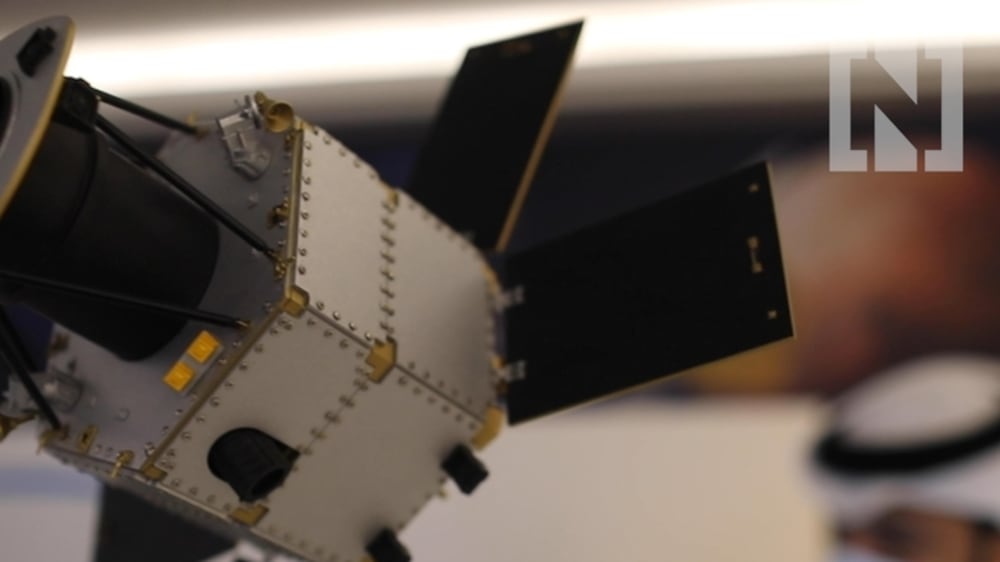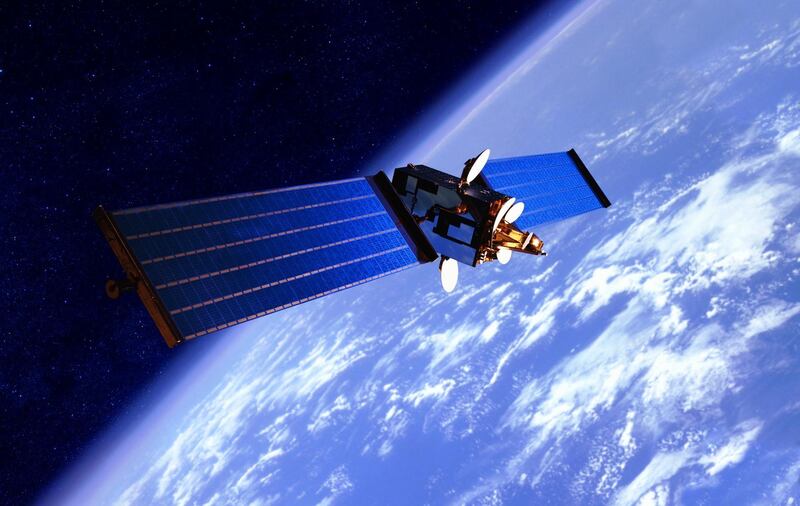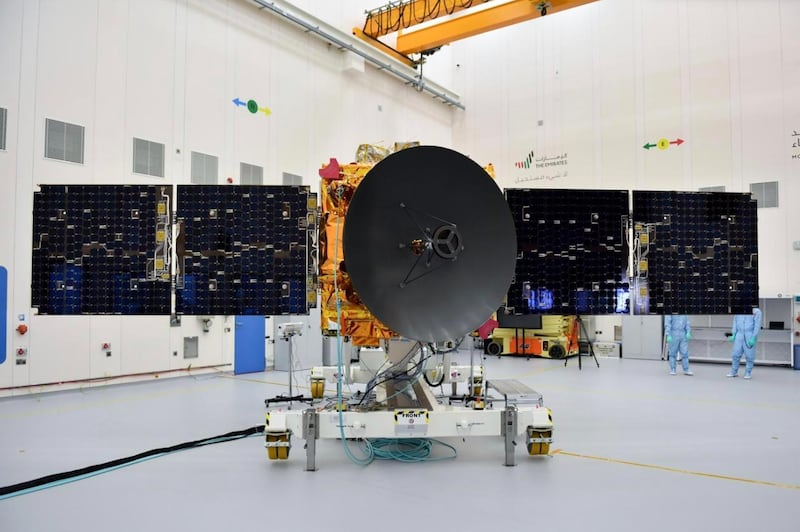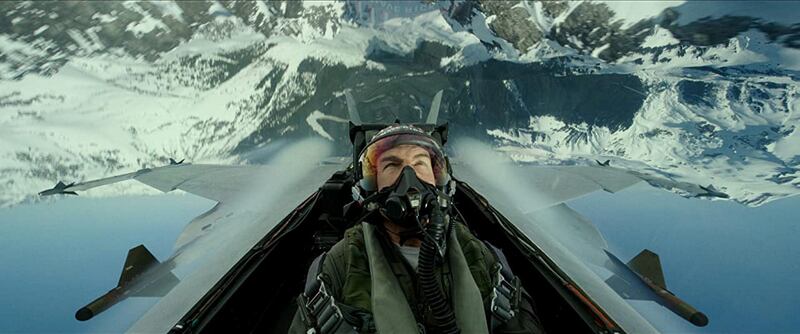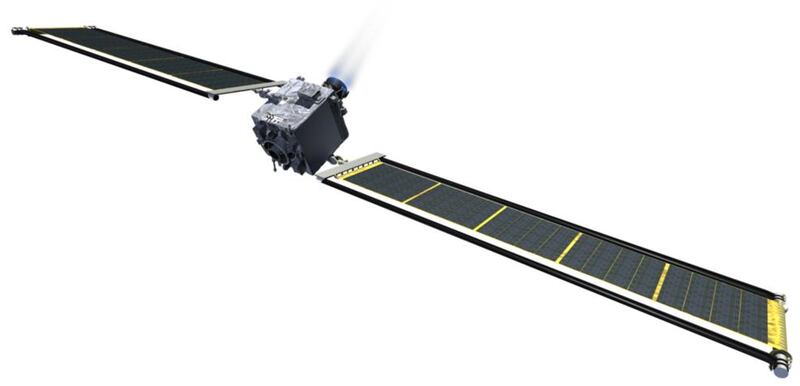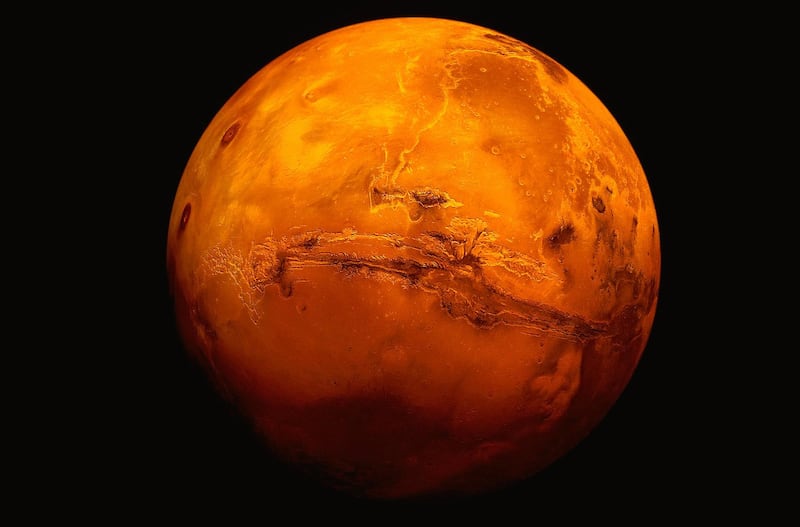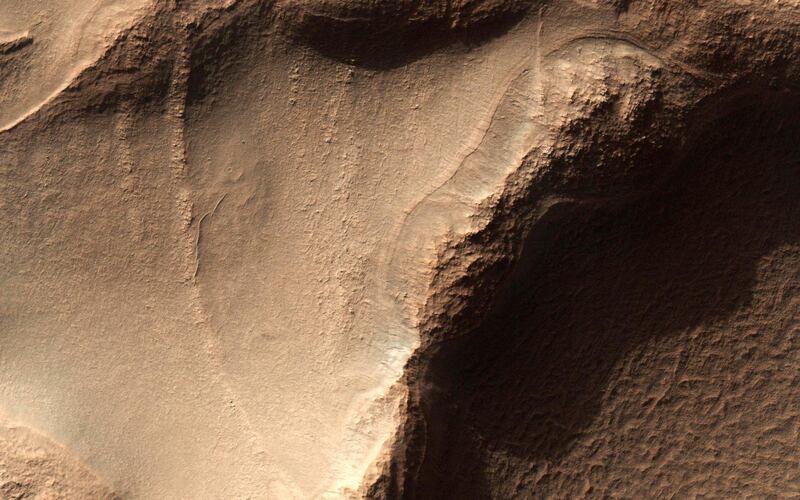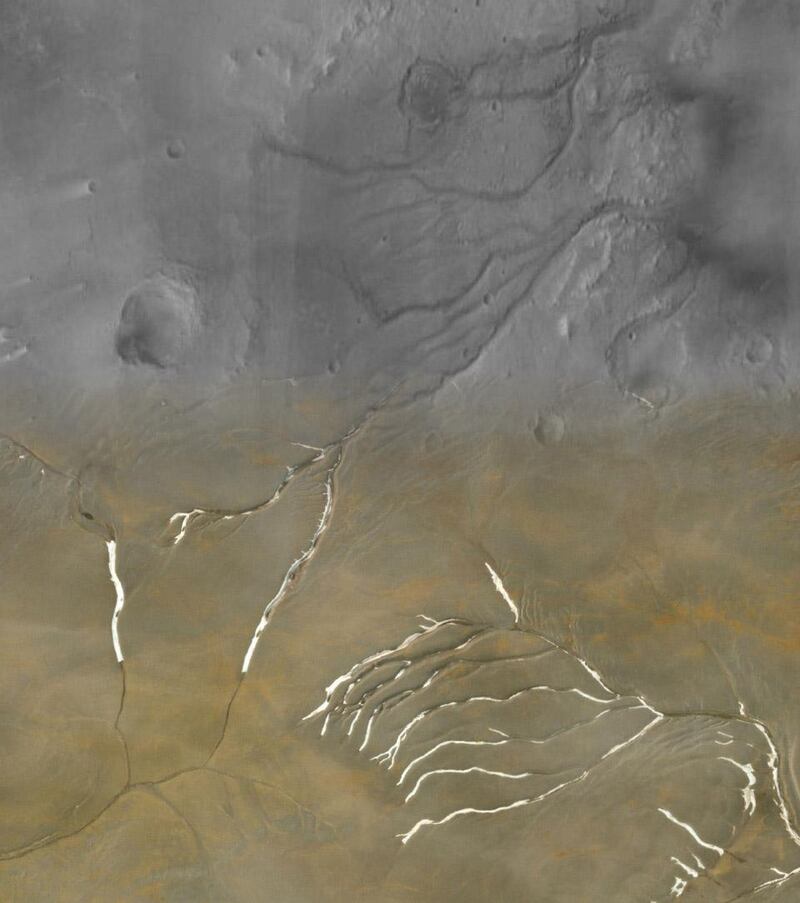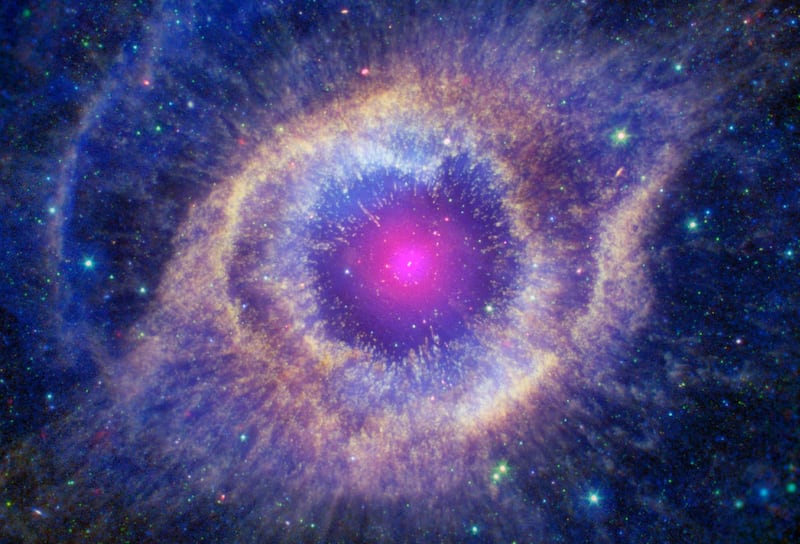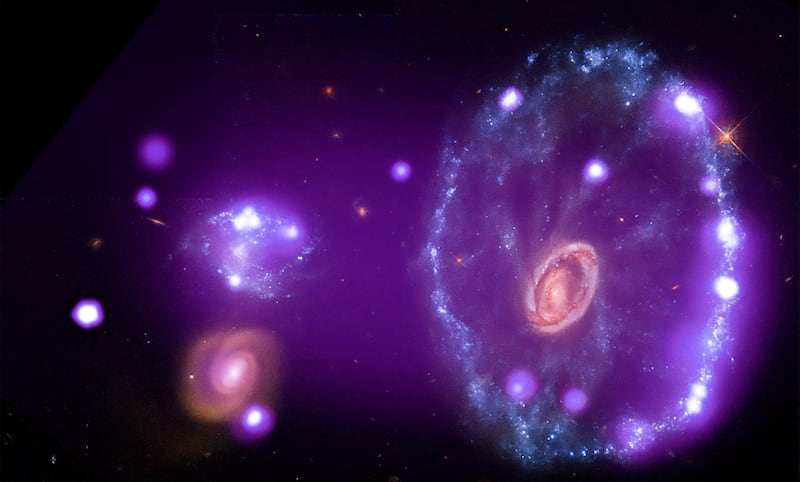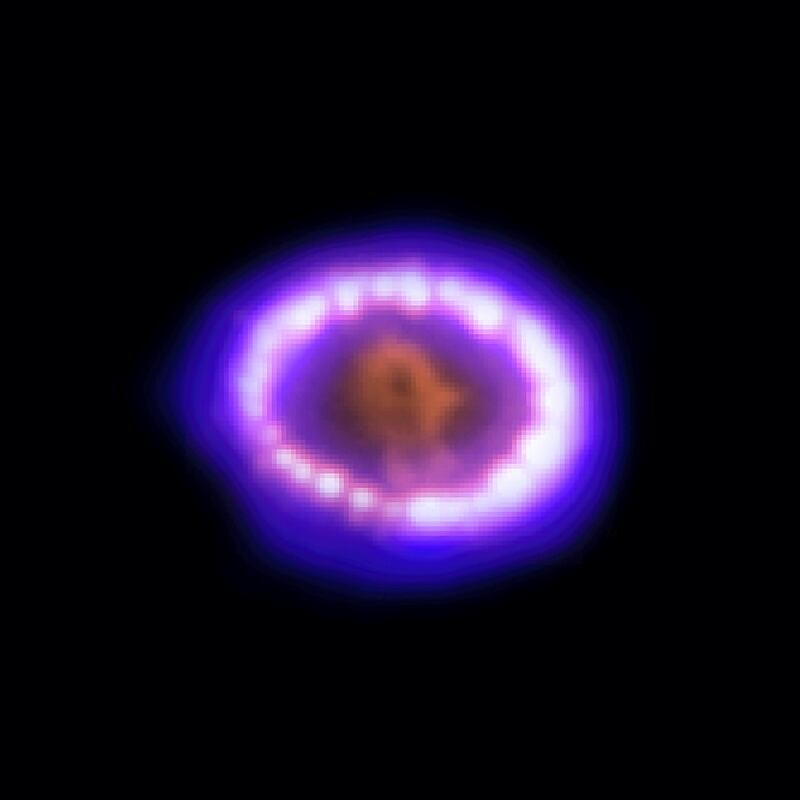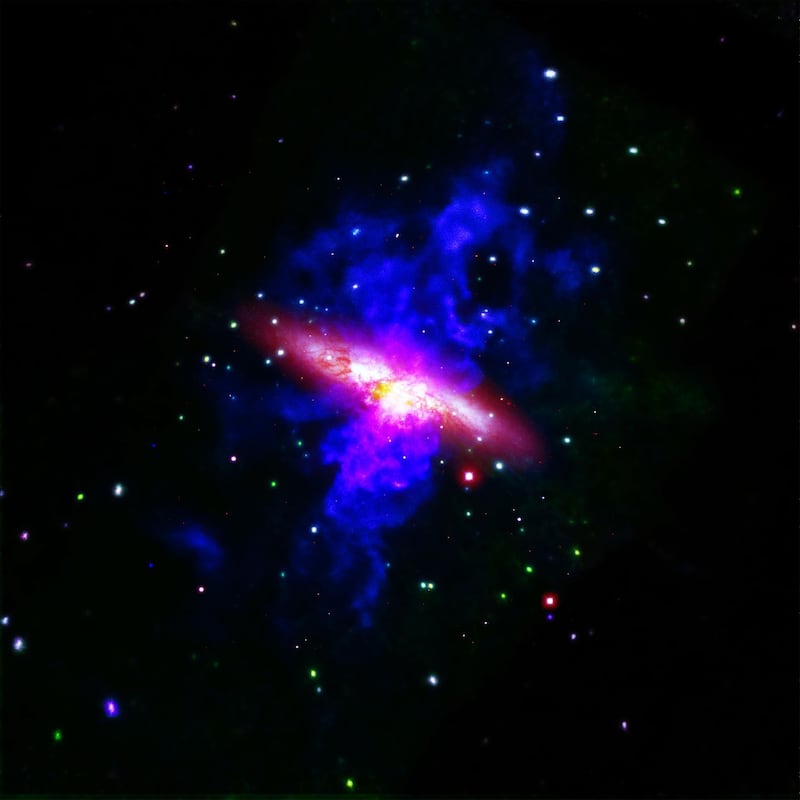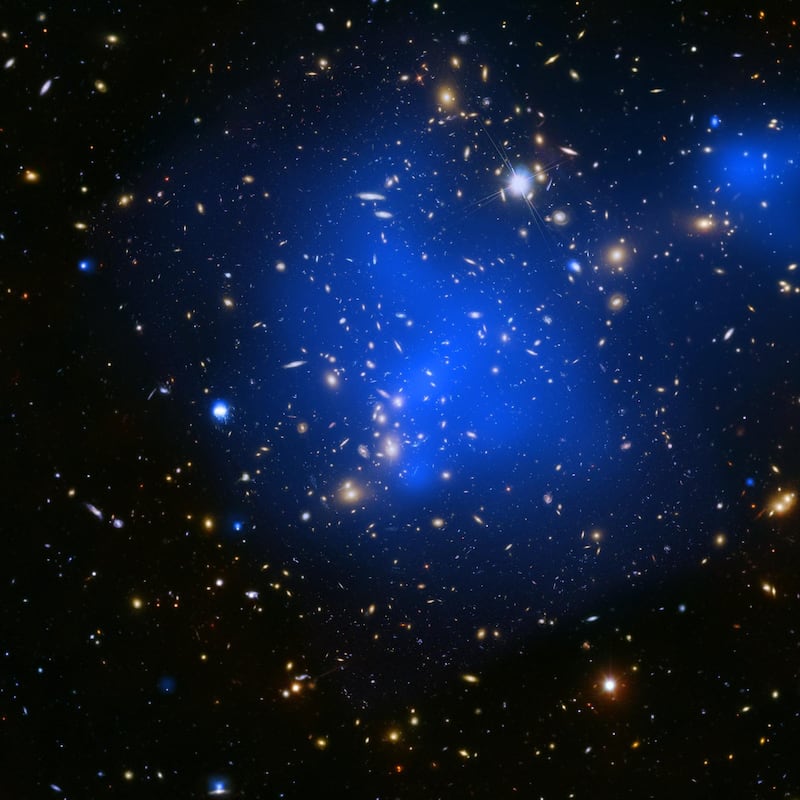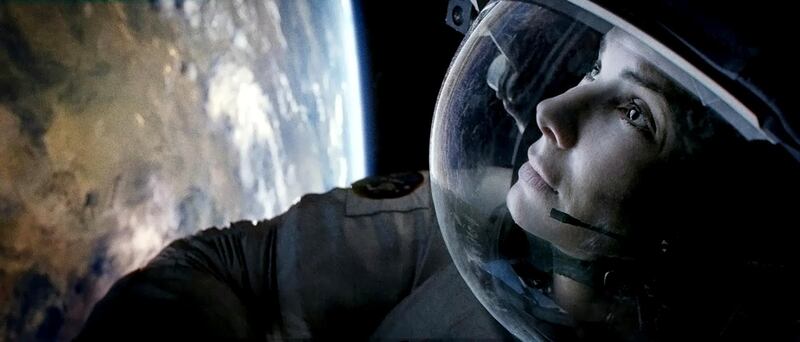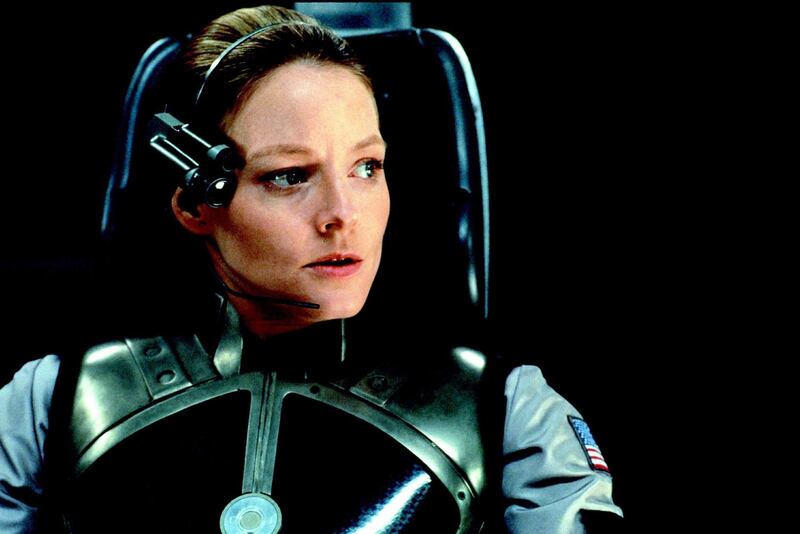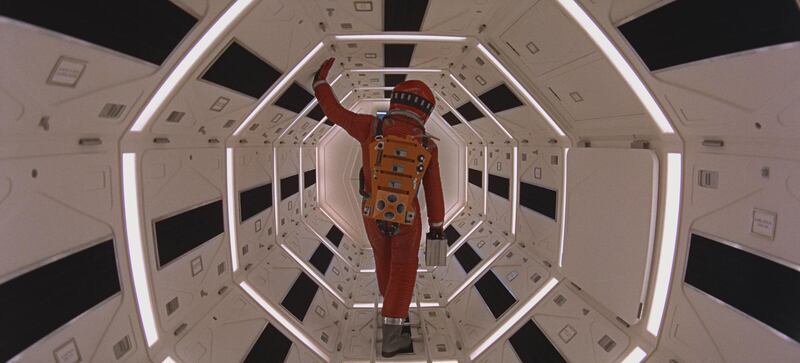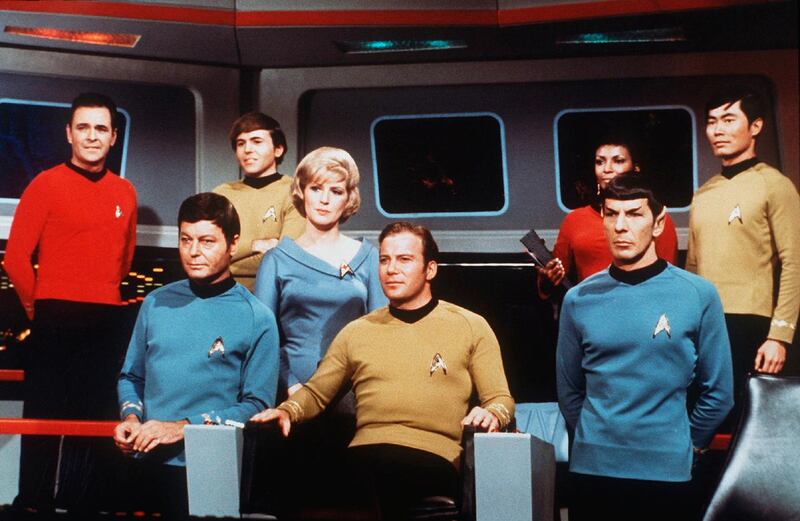The year ahead will be dominated by landmark space missions that will help scientists unlock secrets of the universe, protect Earth from asteroid collisions and allow citizens to blast off into the skies.
Three missions arriving on Mars in February will be the launchpad for a remarkable space journey over the next 12 months.
The UAE's Hope spacecraft will be the first to reach the Red Planet, followed by China's Tianwen-1 and America's Perseverance rover.
Missions that look beyond Mars will take off in the coming months, including the launch of the long-awaited James Webb Space Telescope. The most advanced space observatory, it will be used to study distant planets and galaxies.
The first rocket launch of 2021 occurred when SpaceX sent a communications satellite into space. But it is only the beginning of what is expected to be a stellar year for space exploration.
The National looks at some of the most exciting space missions of 2021.
The race to Mars
From the trio of spacecraft speeding towards Mars, the UAE's Hope probe will be the first to arrive.
With orbit insertion scheduled for February 9, the spacecraft will study the Red Planet’s upper and lower atmosphere.
The findings will help scientists research why the planet’s atmosphere is being stripped away, making it impossible for life to exist there. It will also capture data on its climate.
China's Tianwen-1 mission will reach a day after the Hope probe, and includes an orbiter and rover that will perform a global survey of the planet. It has seven scientific instruments that will be used to map the morphology and geological structure of Mars, study the water and ice distribution, measure characteristics of the planet's climate and environment at surface and collect data on its internal structure.
The Perseverance rover is expected to land on the surface on February 18. At a cost of about $2.46 billion, it is one of Nasa's most ambitious and expensive space endeavours. The mission aims to return samples back to Earth in efforts to discover possible signs of life.
The advanced spacecraft is the first with a miniature helicopter able to fly from another planet. The rover shoots out laser beams that will help break apart Mars rocks for research purposes, and the machine will dig into the Martian soil.
Decades of research on Mars has helped scientists learn that ancient life may have once existed there, and upcoming data will help them uncover more on the mysterious planet.
World’s most advanced telescope
Nasa’s James Webb Space Telescope is, perhaps, the mission most eagerly anticipated by astronomers.
It is the world’s most advanced observatory, with the ability to see what the universe looked like millions years ago.
It has been in the works for 18 years and its development cost is estimated to be $10 billion.
The observatory is an advanced version of the Hubble Space Telescope, which was launched in 1990 and has made numerous discoveries. Some of them include discovering Pluto’s two Moons, how the universe is expanding, measuring exoplanets – planets outside of our universe – and studying black holes.
The Hubble orbits around the Earth, but the James Webb telescope will orbit the Sun. It will be 1.5 million kilometres away from our planet, giving it an advantage of peeking further into deep space.
It is equipped with the world’s largest telescope mirror, measuring 6.5 metres.
To shield it from the Sun, the mirror will be kept at a temperature of -233 degrees Celsius. The telescope has a five-layer sunshield that is the size of a tennis court. It weakens the heat from the Sun by more than a million times.
The telescope’s launch is scheduled for October 31, on board the Ariane-5 rocket from Guiana Space Centre.
To the Moon and back
Nasa will send an uncrewed test flight to the Moon's orbit. Expected to launch in November, the Orion spacecraft will be carried to space on board the world's most powerful rocket, the Space Launch System.
It is part of the Artemis 1 mission, which is a stepping stone towards setting up a human base on the Moon.
The Artemis programme is being led by Nasa with an international collaboration. The mission will enable Moon rock mining, building a space station in the Moon’s orbit and establishing a human presence there, so humans can use it as a base from which to reach Mars.
Artemis 1’s spacecraft will use the Moon’s gravitational force to fly into an orbit 70,000 kilometres away.
Orion will stay there for six days, collecting data and allowing engineers to measure its performance. Then, it will be brought back to Earth for safe landing to see if future return missions are possible.
Artemis 2 is the first crewed flight, and is scheduled for a 2023 launch.
Another highlight of the mission is the Space Launch System. The world’s most powerful rocket engine, it can reach a speed of more than 28,000 kilometres per hour. It is expected to take astronauts to Mars one day.
Hollywood in space
Actor Tom Cruise and director Doug Liman are expected to fly to the International Space Station as part of a commercial space flight by a company called Axiom.
Another private citizen and a trained flight commander will join Cruise and Liman, who are filming the first movie in space.
The flight is scheduled to take off in October and the crew will stay on board the space station for 10 days. Axiom is working with SpaceX to make space tourism possible, with each ticket estimated to cost $55 million.
Russia also announced plans to make a film in space at about the same time.
Crashing into an asteroid
Nasa will deliberately crash a spacecraft into an asteroid’s moon.
As part of the Double Asteroid Redirection Test mission, a spacecraft will launch in July and head towards the Didymos asteroid with only one instrument – a camera.
The goal is to change the course of the giant space rock, which is classified as a near-Earth object.
Nasa has clarified that the asteroid does not pose any threat to our planet. The mission is merely a test, so humans can be prepared to prevent any future dangerous scenarios.
In 2013, a 20-metre meteor crashed in Chelyabinsk, Russia, shattering more than 3,600 apartment windows and injuring more than 1,000 people.
A Falcon 9 rocket will carry the spacecraft into space and the impact will take place next year.
This is ground control to Mars Mission
